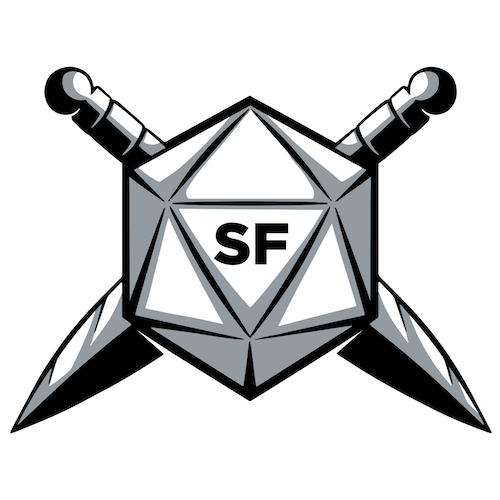@Retreater, I'm going to summon
@Quickleaf here because I believe they had a really simple rule-of-thumb for encounter building that I think could help you. Unfortunately I couldn't find the post and I don't remember it exactly.
However it had to do with comparing the monster damage to PCs hit points. Basically you just need to know if a monster can one shot a PC. Hopefully Quickleaf knows what I am talking about and can give you a better answer!
Yes, that's right, IIRC I offered the hack I've been using for years when we were discussing your plans for Project Monsters by Level.
Those were the twig blights that were thrown at the 5th level party at the Winery in Curse of Strahd. Going from the book, the Winery was intended for a 5th level party. [Probably could've been handled by a 2nd level one, IMO.]
The thing that scares me about throwing a young red dragon (or other CR 10s) against the party, is that they have special attacks that can wipe out many characters. The cone attack could likely hit over half the party. 56 damage is enough to drop any of them. If the dragon gets a second breath weapon, the party is literally toast.
It's not necessarily the AC or HP or attack bonus that bothers me, it's the special attacks.
I can't comment on the Froghemoth or Stone Giant you shared because I don't have access on D&D Beyond, but I'm guessing that they are going to be similar - the baseline monster is okay for the group, but the special powers make them more appropriate for high level groups.
And if I just "take away the special attacks" - then I have a boring, static fight with a slog through a bag of hit points.
Fortunately, we're taking next Sunday off for Mother's Day, so I have a little more time than usual to try to get this figured out.
Hey Retreater, you're definitely looking at the right issue (56 damage from breath weapon) in considering using a Young Red Dragon. I know i'm jumping in mid-stream to your post, but I'll offer my general guidelines... Of course the devil's in the details, so if you're working on a
specific encounter that you want feedback on, mention me and I'll get into the weeds with you...
OK, my (stupidly simply) general guidelines for prepping encounters:
First, I throw out all the encounter guidelines from the DMG or XGtE, then I aim to make the encounter really challenging and interesting, basically doing what I want (there's "feel" that is learned here - which is great to get feedback from other GMs when developing that "feel", i certainly sought a bunch of feedback in my learning process).
Then I use 4 questions as my Upper Bounding Limit of difficulty – these are the red/yellow flags that indicate I'm getting into "This is probably too hard for the PCs right now... without some careful artful GM twists to the overall encounter design (e.g. the 5th PCs all get a blessing of fire resistance and a ballistae with a rope-harpoon prior to their young red dragon hunt)."
For these questions, you need to have a sense of your party's average max HP. I typically use a d8 HD and +1 Con mod for these assumptions (e.g. 5th level I would assume PCs have an average of ~33 hit points), but use whatever assumptions make sense for your group.
edit: For simplicity these questions assume Average Damage from a monster, but I'm also using my "GM sense" for how close to the edge of, say, negative max HP the Average Damage goes, and I allow myself some wiggle room to bring my instinct into the scenario. This is not about dogmatic maths. Rather it's a very human system that's meant for the GM drawing on their big brain to assess multiple variables at once.
1) Can the monster(s) outright kill a single fresh PC (i.e. reduce them to negative max HP) in one turn? If "yes" that's a red flag.
2) Can the monster(s) knock unconscious an entire fresh party of PCs in one turn? If "yes" that's a red flag.
3) Is the monster(s) immune to the vast majority of damage the PCs can dish out? If "yes" that's a red flag.
4) Does the monster(s) circumvent HP – e.g. a banshee, shadow, or intellect devourer? If "yes" that's a yellow flag.
If I answer "yes" to any of these questions, that's when I'll usually start down-tuning or sometimes creatively modifying an encounter to be more manageable for the PCs.
There are other considerations (e.g. mitigating stun-locking of a boss, if a PC gets banished/mazed presenting discoveries they can have that make that more gameable/playable, making poison more of a decision point, designing a dungeon with an eye toward the Daily XP Budget, etc), but those are all fine-tuning or house-ruling. What I've presented above is the core of what I do.

